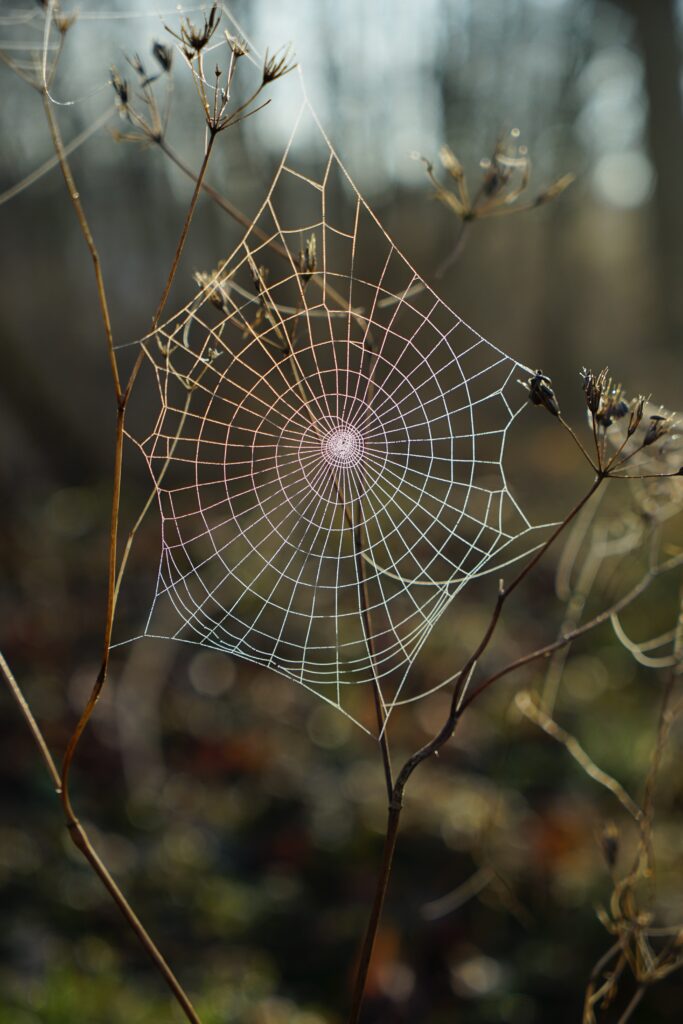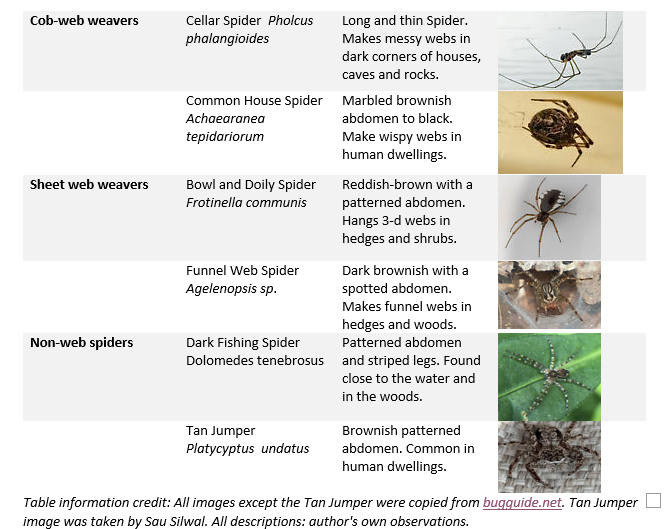Ask a Naturalist: Spiders Around Us

Spiders are perhaps nature’s most wondrous but misunderstood creatures.
First and foremost, spiders are eight-legged predators which carry venom, primarily as a digestive juice to immobilize and liquefy their prey to make it easily ingestible. However, on rare occasions, spiders do bite and use the venom for defense if threatened.
Second, most spiders are solitary and silent, yet successful hunters. Their precision in capturing prey comes from their tenacity and unpredictability.
Third, most spiders do not produce any sound audible to humans. They communicate via visual displays and vibratory presentations.
Perhaps these unique spider behaviors make people nervous around them. What’s more, spiders have a cosmopolitan distribution. They are highly adaptable and can survive in all habitats.
Spiders and their kin are found in most parts of the world and all around us. They can live in terrestrial as well as freshwater habitats. They are found in all environments due to their high adaptability, agile nature, and successful hunting abilities.
The Online Dictionary of Entomology defines the word Spider as a spinner (Proto-Germanic “spin-thron”). Spiders are indeed nature’s master spinners, spitting endless threads of webs from their spinnerets. Spiders and their webs are more visible during the daytime of the warm months.
If you pay close attention, you see their webs at the corner of your house, decks, doors, and closets. You see them in lawns, hedges and trees. Some may hide in their webs in the basement, underneath the lawn and brushes, while others may hang their webs in the open air as if to show off their night’s hard work. Even others, such as the jumping spiders, may not make webs and are happy to drag a line and hang out by themselves.
Common spiders and spider families can be identified by their physical appearance and the shape of the web they make. The number of eyes and eye arrangements also give us clues on what groups spiders belong to. These could be done with the naked eye or using hand-held magnifying glasses.
People who study spiders (Arachnologist) identify species by examining spinnerets and leg details. Spiders are classified into four groups depending on the shape of the web they make. They are orb-web weavers, sheet-web weavers, cobweb weavers, and non-web spiders. Some common spiders found in NC are summarized in the table below.

There are many benefits of having spiders around us. Their unique behavior and immense diversity inspire awe to anyone who wants to learn more about them. In addition, they contribute immensely to the ecosystem. They control pests in homes, gardens and agricultural fields reducing the economic and environmental costs associated with the use of chemicals.
Spiders, in turn, are the food source for other animals. Scientists are studying the medical benefits of their venoms and their silk is considered an engineering marvel.
Please join us for a Spider Walk on September 17th to explore these and other fascinating things about spiders found at Gateway and beyond.
Spider Walk: Saturday, September 17
Please join us for a Spider Walk on September 17th to explore these and other fascinating things about spiders found at Gateway and beyond.